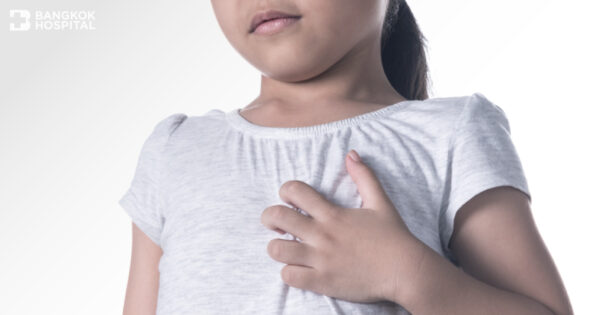The hardest and most difficult component of diagnosis in children is identifying clearly if a child has heartburn, normal acid reflux or acid reflux that is an indication of Gastroesophageal Reflux Disease (GERD).
Normally, a child in his/her first year will experience symptoms of GERD. Despite occasional bouts of vomit, the child is however strong and healthy. If symptoms last beyond the first year then it is quite possible that the child may
have GERD.
Symptoms of GERD include: nausea, vomiting frequently, chest or abdominal pain, breathlessness, chronic cough, a respiratory condition, wheezing, and frequently getting pneumonia. Furthermore, your child may be easily agitated,
and some may refuse food completely which will stunt their development.Burping your child after meals can help to reduce the symptoms of GERD.
For older children behavioral and lifestyle changes can be effective such as eating smaller quantities of food or avoiding foods such as:
-
Soda or caffeinated beverages
-
Chocolate
-
Food containing peppermint
-
Strong tasting food i.e. extremely sour or spicy
-
Foods high in acidity such as oranges, tomatoes, and pizza
-
Fried foods or foods high in cholesterol
Avoiding eating a meal 2-3 hours before going to sleep and raising the head during sleep can help reduce symptoms of GERD.










